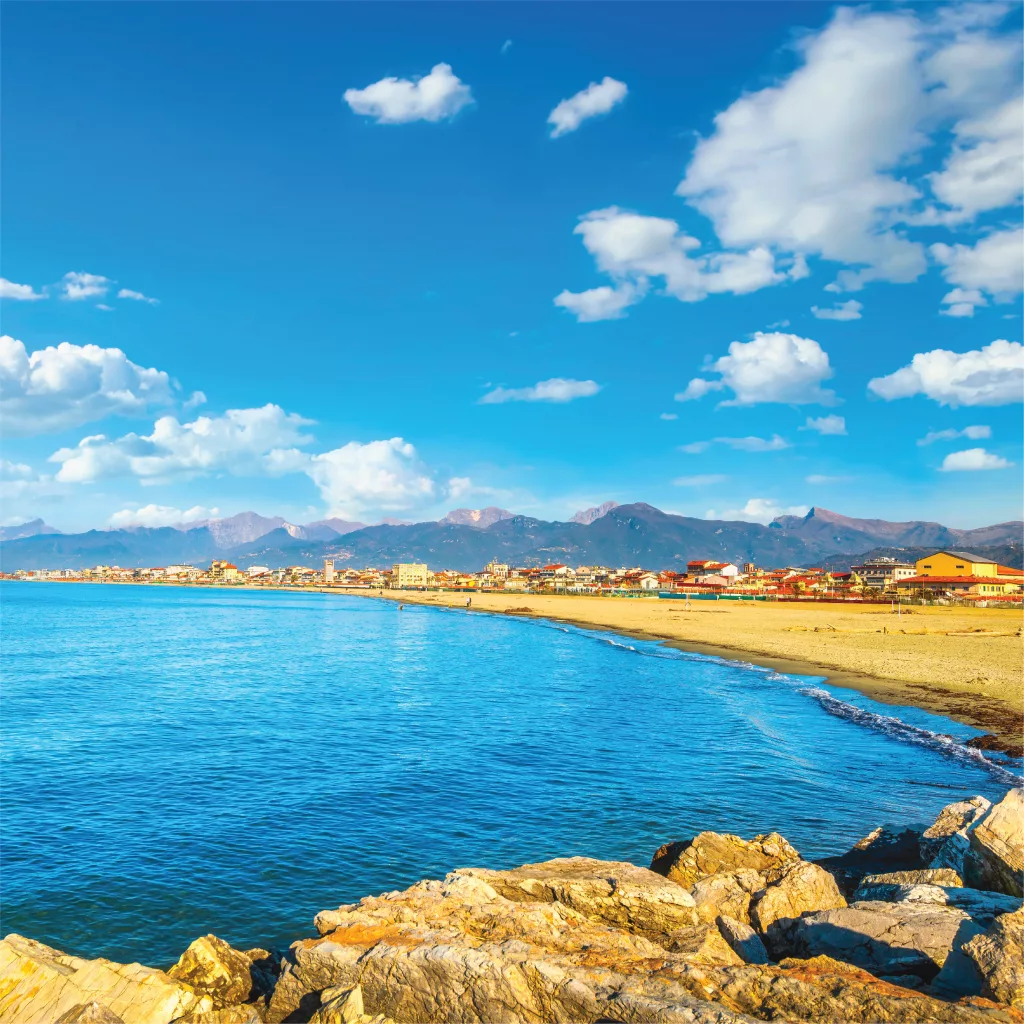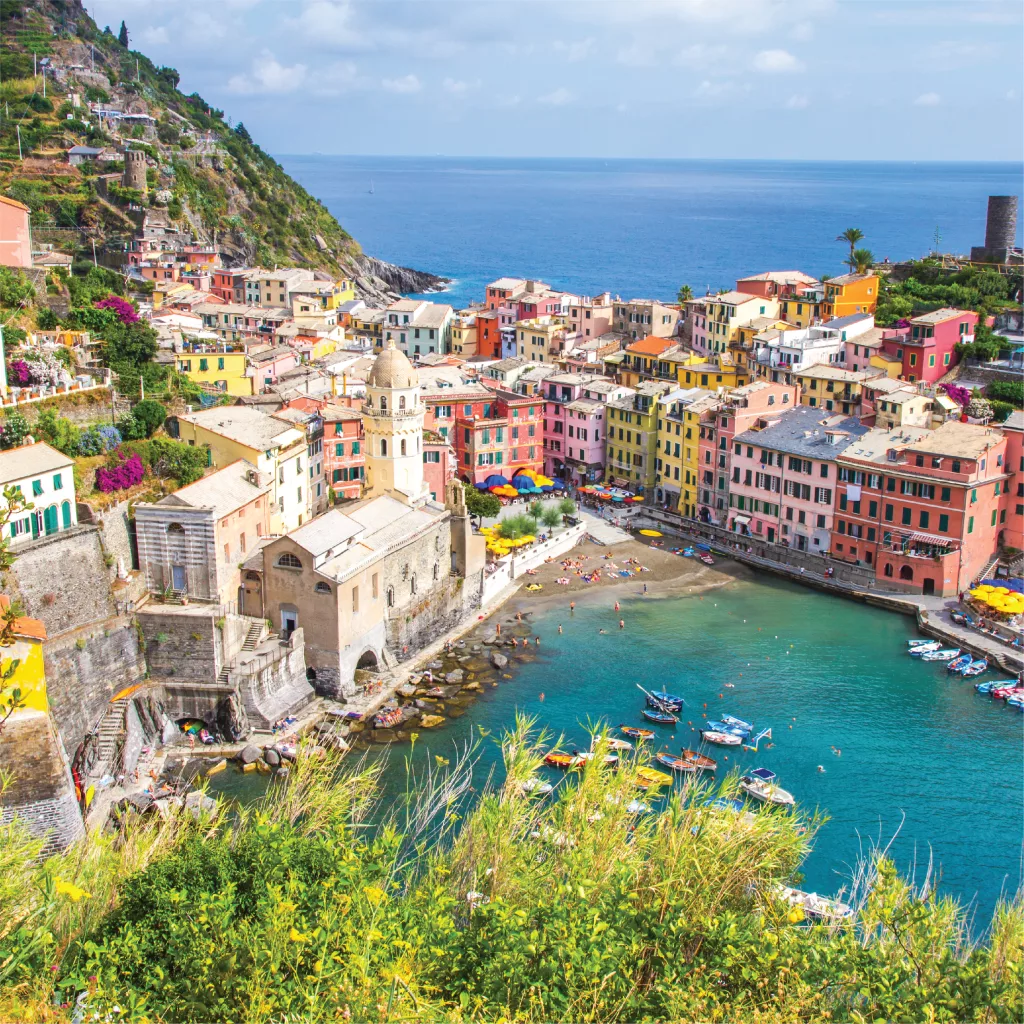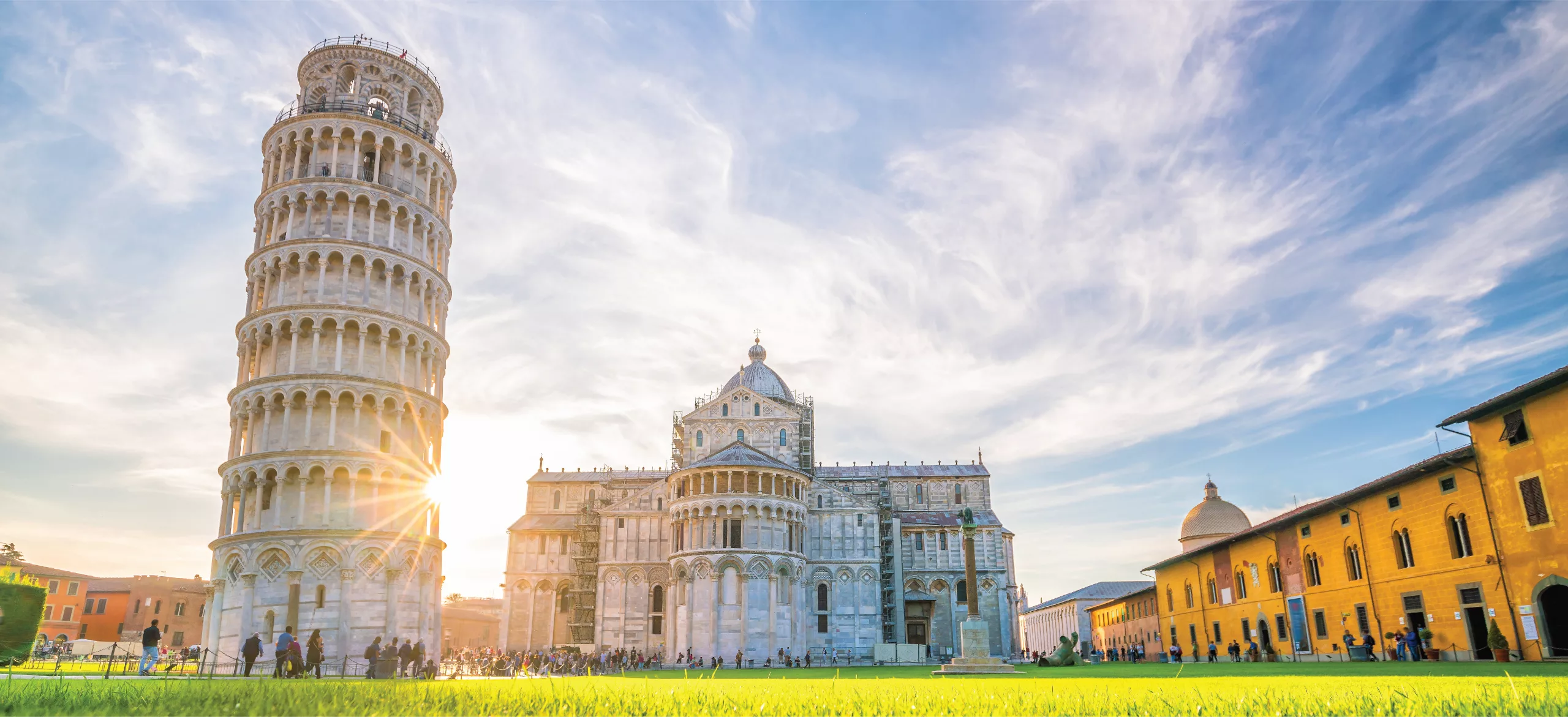The tilted European Wonder of the World is often misunderstood as an individual tower. Originally, The Leaning Tower of Pisa was a Campanile or a bell tower constructed near the church to announce the prayer time to the people of the town when clocks were not yet in place. Talking about Pisa, it is a city at the heart of the Tuscany region in Italy.
The Reason for its Leaning
It is amusing to know that the construction of the tower itself happened in 3 stages for over 199 years. In 1173 the foundations of the tower were laid. In 1178, the tower began to tilt after the 2nd-floor construction had started. The tower was built on weak, unstable soil and the foundation was not deep enough (just 3 meters) hence it began to lean. After multiple disruptions due to war, the construction work had to stop many times in the 1200s. Finally, the 7th floor was completed in 1319 and the bell chamber for this bell tower was not added until 1372. In total there are 7 bells to scale each major musical note and the largest bell was installed in the year 1655!
Did Not Fall during Earthquakes
4 solid earthquakes have hit this region so far but the tower still continued to reign withstanding this natural calamity with great zeal. When the Civil Engineers investigated the reason, they found out that the dynamic soil-structure interaction (DSSI) is why it did not fall during earthquakes. In simple words, the height and stiffness of the tower combined with the softness of the soil in the foundation saved it from collapsing. Thus, in extremely simple words, the same soft soil which made it tilt has actually saved it from falling down.

Attraction 1 – Piazza dei Miracoli (Square of Miracles)
This is the square where the Pisa Cathedral, the Pisa Baptistery, the Bell Tower (leaning tower of Pisa), and the Monumental Cemetery are built. The Cathedral is the main building in the complex and the Baptistery is made exquisitely and intricately with the amalgamation of amazing architectural details. Spread across 8.8 Hectares of land, it is considered one the greatest architectural complexes in the world.
Attraction 2 – Viareggio, the Beach Destination
Viareggio is a seaside city in the Tuscany region of Italy. It is a 30-minute drive from Pisa and has amazing beaches, splendid shopping options, and great nightlife experiences to offer its visitors. This charming coastal city is famous for its carnival usually held for 5 weekends from Jan to March every year. The city also houses a museum that showcases tiny reproductions of displays that are produced at a large scale during the carnivals.


Attraction 3 – Chianti, the Vineyard
Chianti Wines are famous across the globe and the area of Chianti in particular is one of the most sought-after vineyards. Just about a 2-hour drive from Pisa, the city holds an old-world charm with houses made of stone, and picturesque green hills filled with olive groves, vineyards, and fascinating old churches.
Travel Agent Tip: You can suggest to your clients to go for a full-day excursion to Chianti from Pisa or let them stay overnight if they love the nightlife. Either way, don’t forget to add a wine-tasting tour to Chianti.
Attraction 4 – Cinque Terre
Located on the Italian Riviera coastline, Cinque Terre is a collection of seaside villages with its origin dating back to the 11th Century. This charismatic chain of villages came up slowly and steadily while people built terraces on this rugged landscape with steep cliffs mixed with amazing views of the Ligurian Sea. Trains and boats offer better connectivity to these villages as the narrow roads are not great for cars. This place is meant for seafood lovers, hikers, and those who wish to enjoy a marvelous sea view from the top of cliffs.

Isn’t Pisa and its surroundings spectacular? Now is the time to call your client who always wanted to go on a budget tour to Europe and get him to pack his bags for a wonderful holiday.


